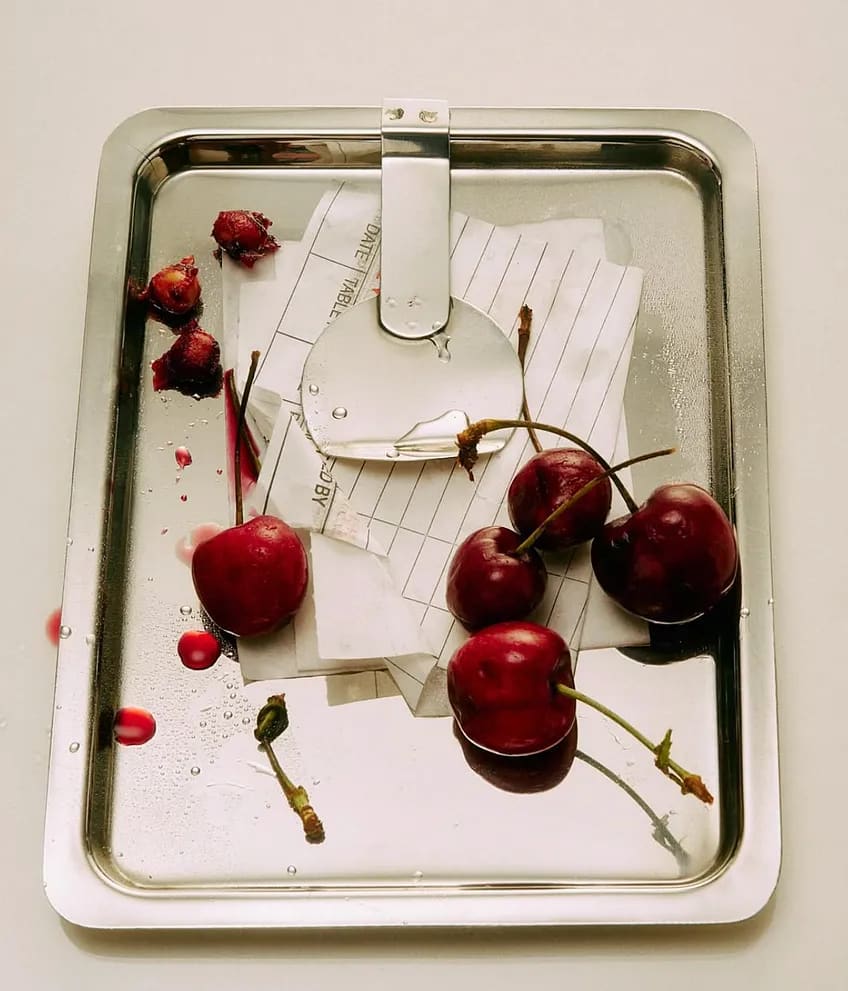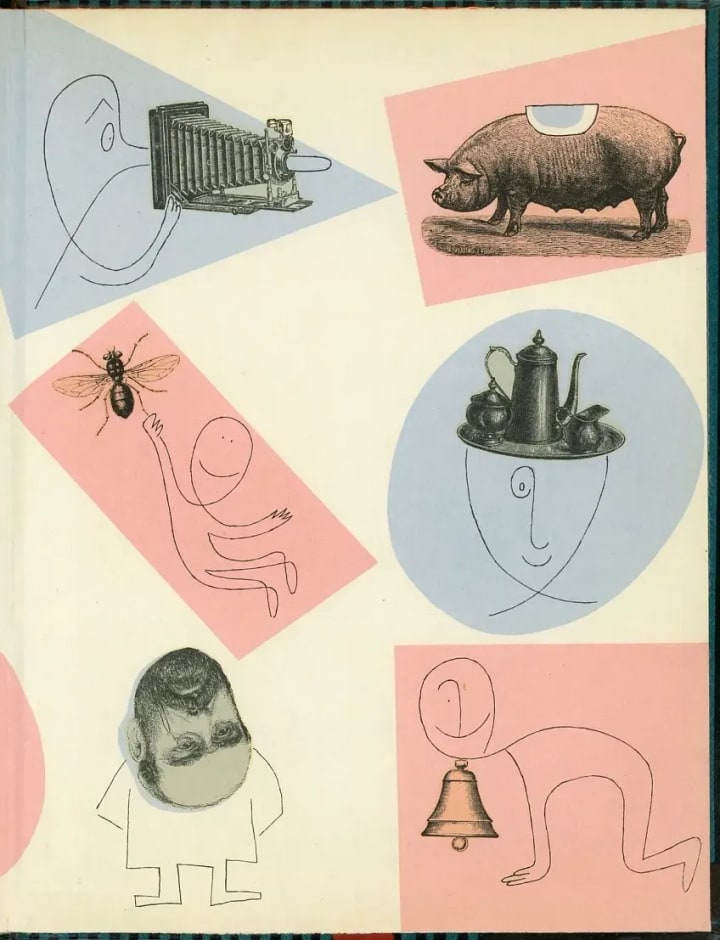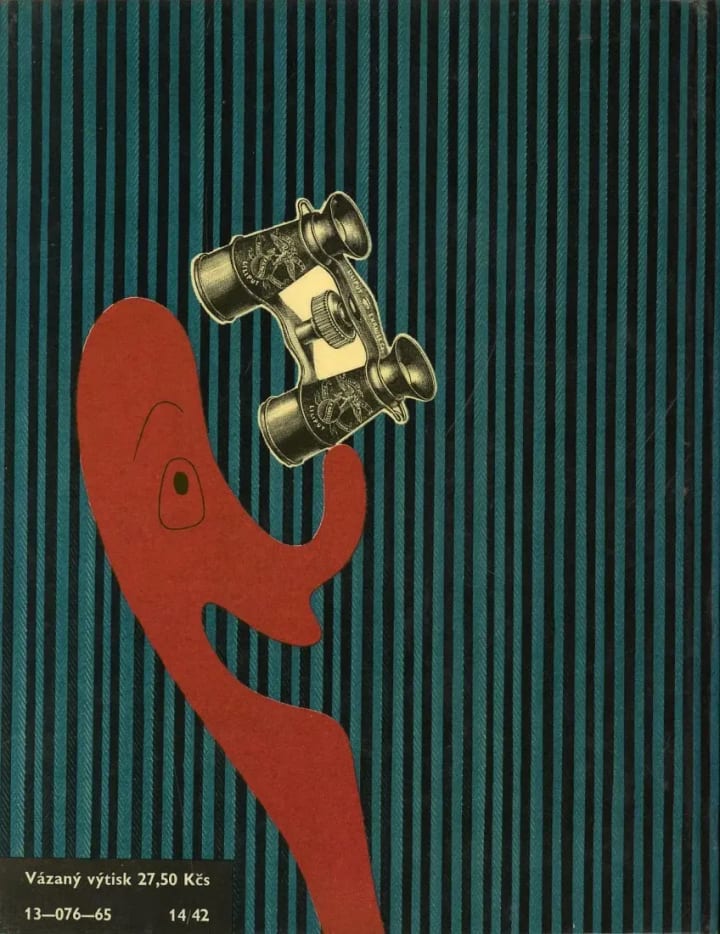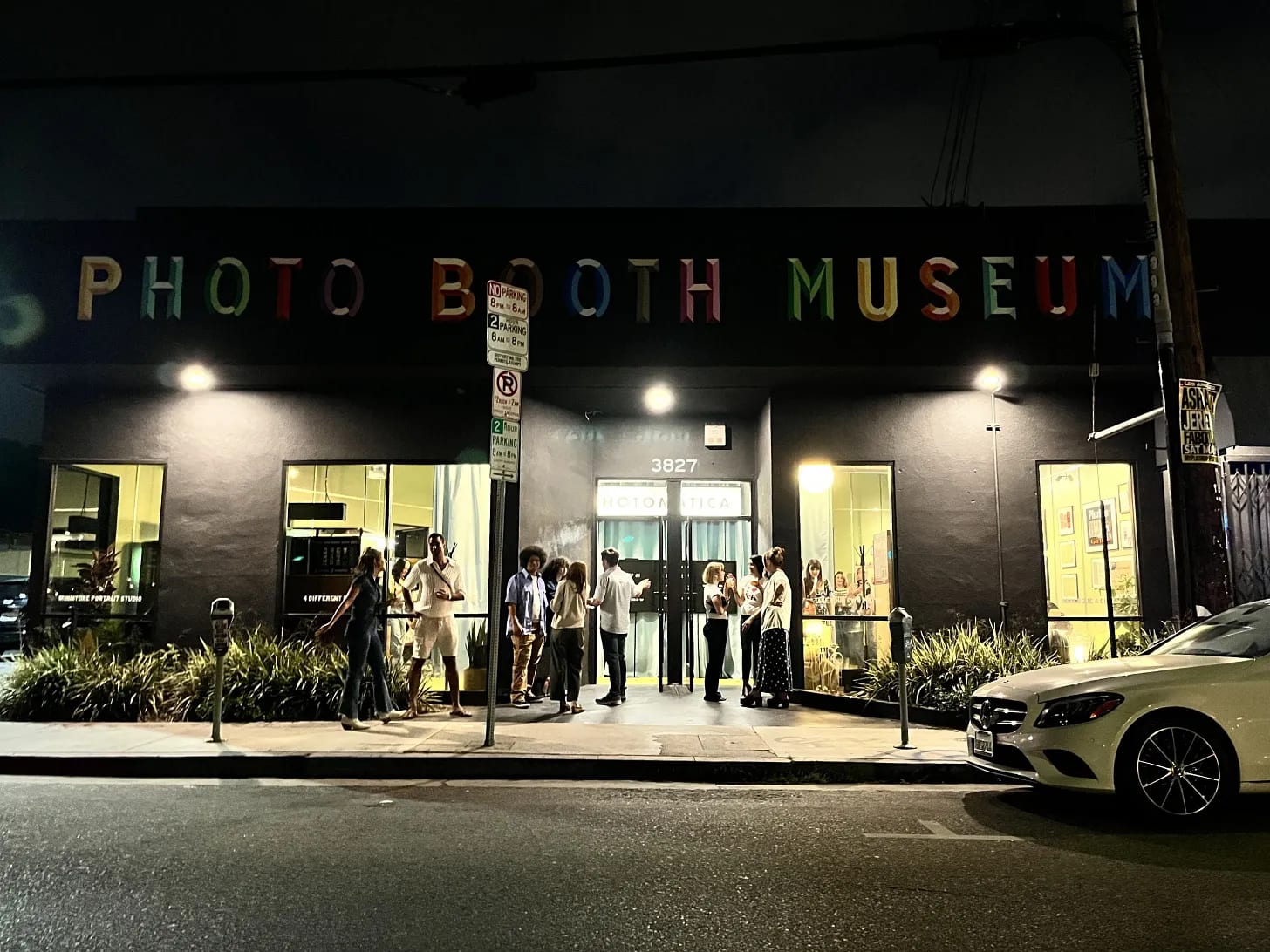This week, we’re running shell companies, analyzing Rosalía, and comparing American AI girlfriends to Chinese AI boyfriends.
CRIME
Jim Waterson on the mafiosos using snails to dodge millions in taxes.
—
in
It is a drizzly October afternoon and I am sitting in a rural Lancashire pub drinking pints of Moretti with London’s leading snail farmer and a convicted member of the Naples mafia. We’re discussing the best way to stop a mollusc orgy.
The farmer, a 79-year-old former shoe salesman called Terry Ball who has made and lost multiple fortunes, has been cheerfully telling me in great detail for several hours about how he was inspired by former Conservative minister Michael Gove to use snails to cheat local councils out of tens of millions of pounds in taxes.
His method is simple. First, he sets up shell companies that breed snails in empty office blocks. Then he claims that the office block is legally, against all indications to the contrary, a farm, and therefore exempt from paying taxes.
“They’re sexy things,” chuckles Ball in a broad Blackburn accent, describing the speed with which two snails can incestuously multiply into dozens of specimens if they’re left alone in a box for a few weeks. Snails love group sex and cannibalism, he warns.
As the conversation drifts away from snail breeding he describes personal connections to a very prominent member of the House of Commons, his years hiding Italian mafia killers while they were on the run, and the potential market for snail salami.
Almost everything he tells me seems improbable, yet everything I could later verify checks out. I’ve got little reason to doubt the rest.
We’re drinking with “Joseph”, a snail farm employee. An hour earlier I’d seen him using a cleaver to chop up lettuce to feed thousands of the animals. They’re then shipped out to premises across the country, including four big snail farms they’re currently running in London. Taking out his phone, Ball shows off pictures of another man, “my mafia boss friend”, posing with the legendary Napoli footballer Diego Maradona in the 1980s.
“Joseph”, who speaks with an unusual Italian-Lancastrian accent, turns out to be a man called Giuseppe from Naples. In a very matter-of-fact manner Giuseppe explains how he previously spent four years inside prison because a former friend, a convicted mafia murderer, turned into an informant and helped the Italian authorities convict his former criminal colleagues.
Ball says he has employed Giuseppe to look after his tax-dodging snails as a thank-you. Giuseppe once warned him not to travel to Italy, at a time when the snail magnate might have been prosecuted due to the confessions of the same informant.
Three hours earlier I knew none of this. I’d turned up unannounced at Ball’s snail farm HQ with a faint hope that I might catch a glimpse of the man behind one of the most brazen tax dodges I’d ever encountered in the capital. It’s just the latest part of London Centric’s ongoing investigations into the financial scams taking place in plain sight across London.
PHOTOGRAPHY

TRAVEL
Madison Huizinga on the weird ubiquity of Instagram “museums,” places “designed not for education or even entertainment, but for picture-taking.”
—
in
At the mouth of the Sunset Junction in Los Angeles—at the intersection of Sunset and Hyperion, to be exact—you’ll find a line of people baking in the 3 PM sun in their cross-body bags and Adidas Stan Smiths, looping around the Salt & Straw, waiting to have their photo taken. They’re waiting in line for the Photo Booth Museum by Photomatica. The decor at this establishment emulates a mid-century soda shop, with its minimalist serif font, robin’s-egg blue, light wood, and chrome finishes. The space contains several models of vintage photo booths, including a Photo-Me Model 17, “constructed with stainless steel, marine-grade wood, and just the right amount of nostalgia,” according to the website. Photomatica is the brainchild of Doug Ellington, who built his first photo booth for his own wedding in 2010, the dawn of stomp-clap hipsterdom. Today, he and his business partner, Matt Dewalt, are in the business of pop-ups and permanent installations. “Our goal is to spread as much photo booth love as possible,” the “About Us” section of the website reads.
The “museum’s” LA location deems itself a “hotspot for all things analog,” which is ironic given its highly postable, ephemeral qualities. Many on TikTok deem it a “perfect date spot,” documenting the whole process—from the line-waiting, to the picture-taking, to the printing, to drying the photos with a hair dryer—alongside the dreamy black-and-white images themselves. Photomatica’s website asserts that photo booth strips offer “proof you were here.” Proof you were where, exactly, is the question. Photo booths are common fixtures at movie theaters, bars, arcades, and bowling alleys, offering a physical token to commemorate a wedding, birthday, anniversary date, or simply a fun evening with friends. Proof you celebrated, proof you loved, proof of Life with a capital L. The Photo Booth Museum turns the token into the experience itself, offering proof that you waited in line for said proof.
Major American cities have been plagued by these experiential pop-ups over the last decade; the Photo Booth Museum, Museum of Illusions, and infamous Museum of Ice Cream are among the most popular ones. Presumably, these exhibits brand themselves as “museums” as a way to lure in undiscerning tourists via organic and paid search ads. People assume they’re purchasing tickets to experience a local fixture. In reality, they’re entering a playscape, perfectly lit for Instagram photos, designed not for education or even entertainment, but for picture-taking.
A couple of months ago, my mom tried to buy tickets for our family to visit the Van Gogh Museum in Amsterdam, clicked the wrong Google link, and purchased tickets to the pop-up “Van Gogh Immersive Experience,” which consists of sitting on lawn chairs in a warehouse while images of Van Gogh’s art are projected onto the surrounding walls. The projections feature animated versions of the art, the starry night twirling, the sunflowers spinning, like something out of an AI-generated Facebook post. All of it artificial, images of images. “Have you ever dreamt of stepping into a painting?” the website asks. “Now you can.” I helped her get a refund.
ILLUSTRATION
TECHNOLOGY
For ChinaTalk, Zilan Qian digs into a dichotomy between American and Chinese AI companions: while American companies overwhelmingly cater to the desires of straight young men, Chinese companies are focused on appealing to women.
—
in
Young men. This is the most common user base for English-speaking AI companion products, according to our market scan. SimilarWeb data shows the top 55 AI companion platforms globally attract predominantly male users (7:3 ratio), with 18-24-year-olds representing the largest demographic at an even more skewed 8:2 male-to-female ratio. Social media metrics again reinforce this gender pattern, with Reddit’s AI girlfriend community (r/AIGirlfriend) having 44k members compared to fewer than 100 in male-focused AI companion subreddits. Moreover, roughly one-third of the children falsely declared a social media age of 18+, so it is possible that a significant portion of the reported 18-24 users are underage.
A recent Reuters-covered report from an AI girlfriend platform further supports our findings: 50% of young men prefer dating AI partners due to fear of rejection, and 31% of U.S. men aged 18–30 already chat with AI girlfriends. Behind the fear of human rejection lies the manosphere. The “manosphere” is a network of online forums, influencers, and subcultures centered on men’s issues, which has become increasingly popular among young men and boys as their go-to place for advice on approaching intimacy. While the manosphere originated primarily in Western contexts, its discourses have increasingly spread to, and been adapted within, countries across Africa and Asia through social media. In these online spaces, frustrations over dating and shifting gender norms are common, often coupled with narratives portraying women as unreliable or rejecting. AI companions offer a controllable, judgment-free alternative to real-life relationships, aligning with manosphere ideals of feminine compliance and emotional availability. On the subreddit r/MensRights (374k members), users largely endorse the findings of the Reuters report and even celebrate the shift from human to AI relationships.
[. . .]
In China, however, AI companions have a markedly different user demographic: adult women. Although comprehensive user data for China’s AI companion market remains limited, many market analysts believe domestic AI companion products are primarily female-oriented. Many product managers also set their user portrait as women aged between 25 and 35, with some reaching 40+.
Why are adult women believed to be the main drivers of AI companionship? To answer this, we need to understand three trends: 1. Marriage rates have continued to fall to record lows, with 2024 experiencing a 20% decrease from 2023; 2. There are more males than females in China (1.045:1 in 2024, compared to 0.97:1 in the US); 3. There are millions of unmarried rural Chinese men, while their female peers get better education and move to the city. This has created a social landscape in which many unmarried people are unmarried educated women in the city and less-educated men, with fewer pathways for forming traditional romantic bonds.
While the two groups are both arguably longing for relationships, unmarried, educated women in cities are more likely to encounter and adopt new technologies like AI companionship. In contrast, less-educated rural men, despite also similarly longing for relationships, have fewer resources, less exposure to AI, and limited familiarity with parasocial interactions, making AI companions less immediately appealing. Influenced by the strong patriarchal culture in rural areas, most men prioritize finding a real-life partner to marry, have children, and continue the family line.
The gender imbalance, combined with growing resistance in China to traditional patriarchal family structures—driven by concerns over rising domestic abuse or feminist ideals—has led many urban, educated women to seek parasocial forms of romance. AI companions are not the first ones to profit from this demand. Originating in Japan, otome games (乙女ゲーム in Japanese or 乙女游戏/乙游 in Chinese) are storyline-based romance games targeted at women, where players interact with multiple fictional male characters through plots and events.
That said, demand and supply are a classic chicken-and-egg problem. While trends in AI boyfriends or girlfriends suggest some gendered differences in interest, these preferences are also shaped by what products are available. Historically, women’s sexual desires have often been overlooked, and men’s longing for subtle companionship is sometimes dismissed as “too feminine,” which could also explain the scarcity of hypersexual AI boyfriends and dynamic AI girlfriends. Thus, the two different markets may reflect not only inherent differences in demand but also the constraints and biases of what’s offered.
SURREALISM




Art by Bohumil Štěpán, shared by María Vargas Aguilar
MUSIC
In honor of Rosalía’s new album, Lux, Tara Maria Gonzalez unpacks the many references in her video for the song Berghain, from Krzysztof Kieślowski’s film Three Colors: Blue to Snow White and Mike Tyson.(True Rosalía heads can also check out her Substack, where she published the sheet music to Berghain.)
—
in
At the beginning of Berghain, we see Rosalía come home from what we can presume is a late night out. The curtains in her house are shut and when she thrusts them open, light streams through the apartment, suggesting she left at night and is returning as the sun is rising. An orchestra appears behind her, blaring violins and clarinets, as she sits down to dip a sugar cube contemplatively into a cup of coffee.
The sugar cube moment is a direct reference to Krzysztof Kieślowski’s Three Colours: Blue (1993). The psychological drama is part of a trilogy about the French revolutionary ideas of liberty, equality and fraternity. Each film features a different color from the French flag; this film obviously represents blue. Kieślowski has said that the film is about “emotional liberty.”
Three Colours: Blue is about a woman named Julie who loses her famous composer husband and five-year-old daughter in a car crash. The way that she decides to handle this grief is by not handling it at all. She removes herself from anything that reminds her or ties her to them. She sells all of their belongings, gets rid of sheets of incomplete music and moves out of the large country home they all shared and into an apartment on her own in Paris.
And while she can escape the physical items that remind her of them, she cannot rid herself of their memories. She cannot get that emotional liberty. They still exist in her. And whenever she thinks of her husband or her daughter or is reminded of them subconsciously or against her will, the score of her husband’s music suddenly plays over the entire scene. It haunts her. They haunt her.
You don’t see the orchestra but you hear them, which clearly inspired the part of the music video where the orchestra is following Rosalia everywhere. They represent her intrusive thoughts, which we also know from the CentsdeCels shirt she wore in the teaser for the music video that read: “My intrusive thoughts sound like this.”
PAST LIVES
I know this beautiful couple, both of them so pretty, but there’s absolutely nothing going on up there. And it made me think of that meme, “it must be their first time being alive.” I feel like they were probably beautiful exotic birds in a past life. And then we were hypothesizing about our other friends, like I was definitely a medieval serf that toiled endlessly in the fields and harbored a deep resentment for The Kingdom and was killed by a falling tree or some other gruesome and untimely death—an accident, or so they’d pretend it was. And our friend Oliver was definitely an Arabian prince that had all the luxuries of life and was waited on hand and foot by servants and died very young and tragically by A Sickness and so never understood any hardships or consequences of life. And our other acquaintance was definitely a little cobbler hobbling around like, “Please sir, would you like your shoes shined?”
Posted in a Note by
Art & Photography:
,
,
Video & Audio:
Writing:
,
,
,
,
The psychotherapist and relational expert has joined Substack to launch Entre Nous, “a publication, gathering place, and relational resource for anyone who wants to love, live, and work with more connection and imagination.”
The actress Ashley French—who many know as Ashley Tisdale—has started a Substack,
, a space that “feels like a quiet corner away from the ‘loudness’ of social media—a place where we can connect and focus on finding more joy and meaning in our busy lives.”
Inspired by the writers and creators featured in the Weekender? Starting your own Substack is just a few clicks away:
The Weekender is a weekly roundup of writing, ideas, art, audio, and video from the world of Substack. Posts are recommended by staff and readers, and curated and edited by Alex Posey out of Substack’s headquarters in San Francisco.
Got a Substack post to recommend? Tell us about it in the comments.
.png)




















